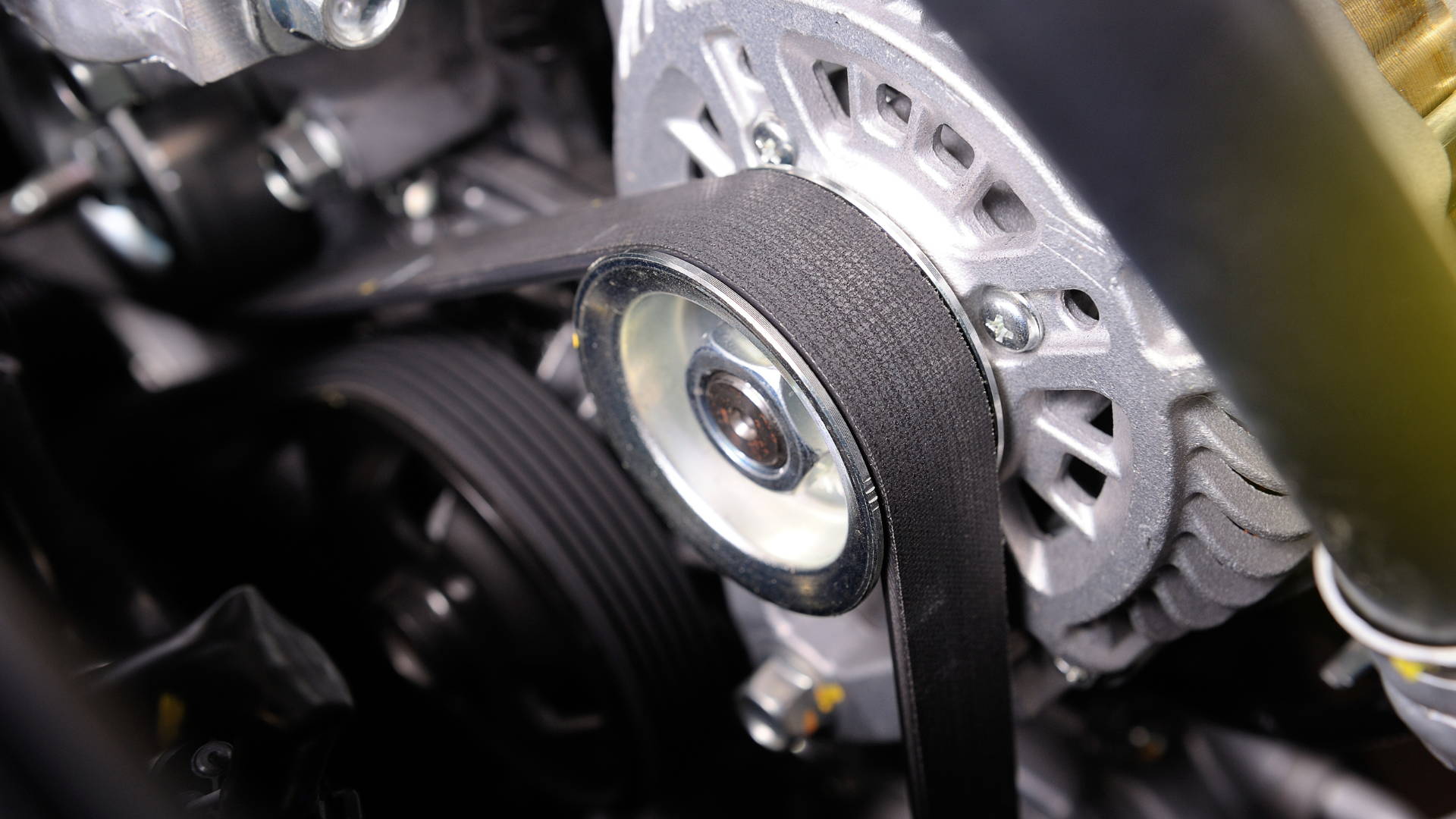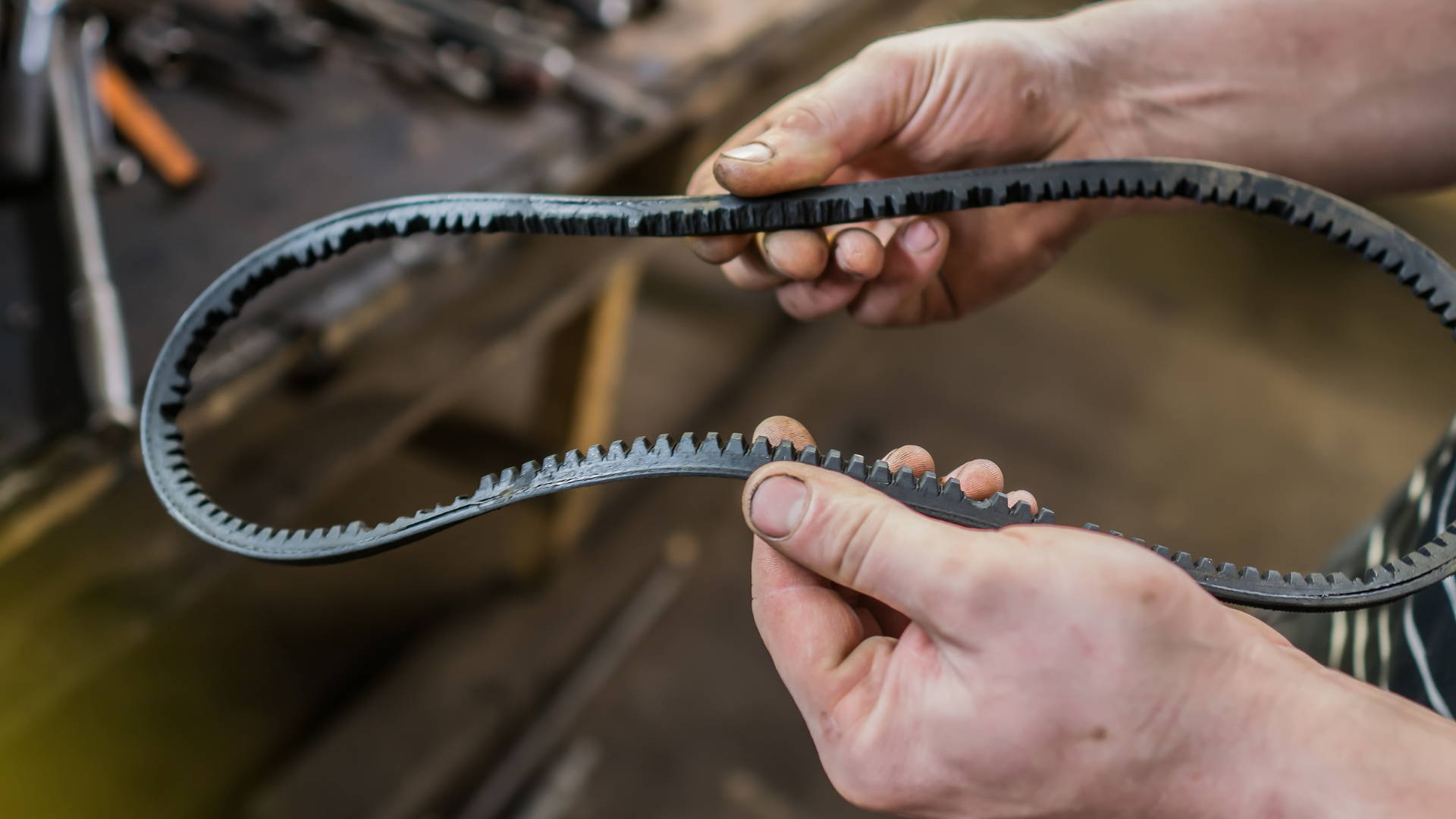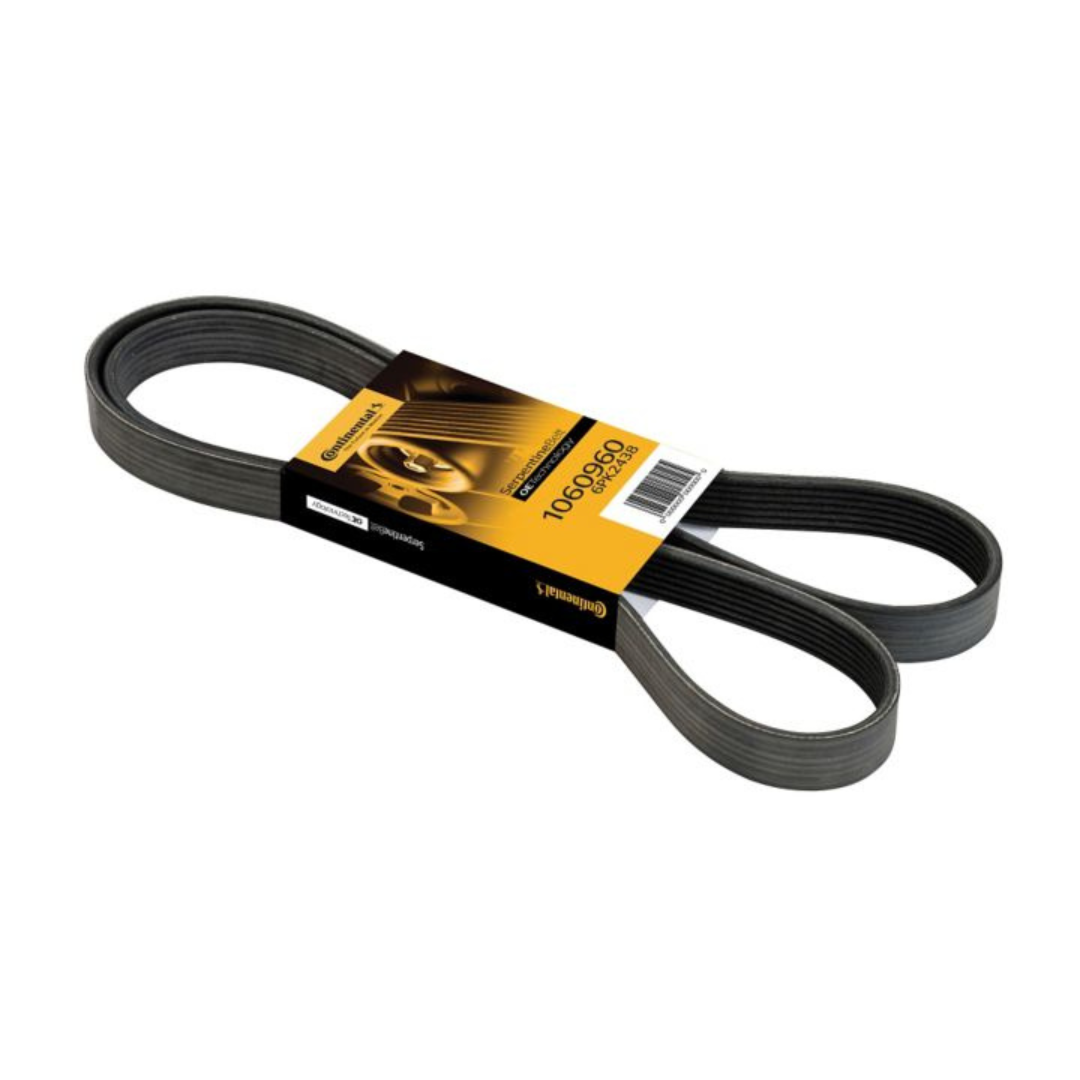Understanding Car Engine Belts: The Lifeline of Your Vehicle's Power
Introduction:
Car engine belts play a crucial role in the proper functioning of a vehicle's engine. From powering essential components to driving various systems, these belts ensure the smooth operation of your car. In this article, we will delve into the world of engine belts, exploring what they are, how they work, their importance when to replace them, tips for maintenance, and more.
What is an Engine Belt?
An engine belt, also known as a serpentine belt or a drive belt, is a vital component that connects the engine's crankshaft to various peripheral devices within the vehicle. These devices may include the alternator, power steering pump, air conditioning compressor, water pump, and more. By transferring rotational energy from the crankshaft to these components, engine belts allow them to operate efficiently.
This is not to be confused with an Engine Timing Belt, which is an internal belt with a different function. This will be covered in another article.
How Does an Engine Belt Work?
Engine belts are typically made of durable rubber with embedded fibers that provide strength and flexibility. The belt wraps around pulleys located on each driven component and loops around the crankshaft pulley. As the engine crankshaft rotates, it spins the belt, which then drives the connected components through friction. This continuous rotation enables the efficient functioning of critical systems within your vehicle.
The Importance of Engine Belts:
Engine belts are essential for several reasons. Firstly, they power crucial components like the alternator and water pump, which are responsible for electrical generation and cooling the engine respectively. Without these functions, your car's performance would be severely compromised. Additionally, drive belts also operate systems such as power steering and air conditioning, enhancing comfort and safety while driving.
Regular maintenance intervals and attention to your engine belt(s) will help prevent failure and a costly interruption and inconvenience of your trip.
Difference between Serpentine Belts and V-Belts
Serpentine Belts
Serpentine belts are named after their snake-like appearance, as they wrap around multiple pulleys in a serpentine pattern. They are wider and flatter compared to V-belts, allowing them to have a larger contact area with the pulleys. Serpentine belts are commonly used in modern vehicles because they offer several advantages:
Efficiency: The larger contact area of serpentine belts provides better power transmission efficiency, reducing energy loss and improving overall engine performance.
Simplified Design: Unlike V-belts that require multiple belts for driving various components, serpentine belts can drive multiple systems simultaneously, including the alternator, power steering pump, air conditioning compressor, and water pump. This simplifies the belt layout and reduces the number of components required.
Tensioner System: Serpentine belts often incorporate an automatic tensioner system. This system uses a spring-loaded pulley that automatically adjusts the tension of the belt, ensuring optimal performance and reducing the need for manual adjustments.
V-Belts
V-belts get their name from their V-shaped cross-section. They are narrower and thicker compared to serpentine belts. V-belts are commonly used in older vehicles or in specific applications where their design is more suitable:
Flexibility: The thicker construction of V-belts allows them to bend around smaller pulleys more effectively than serpentine belts. This flexibility makes them ideal for applications where tight bends are necessary.
Individual Belt Replacement: In systems using V-belts, each component typically has its own dedicated belt. This means that if one component fails or requires replacement, only that particular belt needs to be changed, rather than the entire serpentine belt.
Noise Dampening: V-belts tend to be quieter during operation compared to serpentine belts since they have a smaller contact area with the pulleys.
The serpentine belt tensioner is a crucial component that plays a significant role in the proper functioning of the serpentine belt system. It is responsible for maintaining the appropriate tension on the serpentine belt to ensure optimal power transmission and prevent slippage or damage.
When replacing a serpentine belt, it is essential to check and inspect the tensioner as well. Over time, the tensioner can wear out or develop issues that may affect its performance. Here's why checking and inspecting the tensioner during a serpentine belt replacement is important:
Tension Adjustment: The tensioner ensures the correct tension of the serpentine belt. If the tensioner is worn or damaged, it may not apply sufficient pressure on the belt, leading to inadequate power transfer or slippage. Inspecting the tensioner allows you to assess its condition and determine if it needs adjustment or replacement.
Pulley Bearings: The tensioner consists of a pulley that guides and maintains tension on the serpentine belt. Over time, the bearings within the pulley can wear out, causing noise, vibration, or even failure. Checking the tensioner during a belt replacement enables you to inspect the pulley bearings for any signs of wear, such as excessive play or noise.
Spring Tension: Many modern vehicles utilize an automatic tensioner that relies on a spring-loaded mechanism to maintain proper belt tension. During inspection, it's important to ensure that the spring inside the tensioner is not worn or weakened. A weak spring can result in insufficient tension on the belt, leading to performance issues or premature wear.
Overall Condition: Inspecting the tensioner provides an opportunity to assess its overall condition. Look for any signs of physical damage, cracks, or leaks that might compromise its functionality. If any abnormalities are detected, it's advisable to replace the tensioner along with the serpentine belt to ensure reliable operation.
During a serpentine belt replacement, involving a professional mechanic is recommended. They have the expertise and tools required to properly inspect and assess the condition of the tensioner. A thorough inspection and potential replacement of the tensioner will help ensure the longevity and optimal performance of your vehicle's serpentine belt system.
Remember, regular maintenance and timely replacements are vital for preserving your car's reliability and reducing unexpected breakdowns on the road.
When Should You Replace an Engine Belt?
Regular inspection is crucial to identify signs of wear or damage in your engine belt. Over time, exposure to heat, oil leaks, and general wear can cause cracks or fraying in the belt. It is recommended to replace your engine belt every 60,000 to 100,000 Km (or as advised by your vehicle manufacturer) or if any signs of damage are detected earlier. Ignoring a worn-out belt can lead to sudden failure and potential damage to other engine components.
Tips for Maintaining Engine Belts:
To prolong the lifespan of your engine belt and ensure optimal performance, consider implementing these maintenance tips:
Regular Inspection: Check for cracks, fraying, or signs of excessive wear on your engine belt. If any abnormalities are found, consult a professional mechanic for further assessment and/or replacement.
Tension Adjustment: Proper tension ensures effective power transfer and prevents slippage. Refer to your vehicle's manual or seek professional assistance to adjust the tension as per manufacturer guidelines.
Avoid Contaminants: Protect your belt from exposure to oil leaks or other contaminants that may degrade its quality over time. Regularly inspect nearby components for leaks and address them promptly.
Keep It Clean: Remove accumulated dirt or debris from the belt using a soft brush or cloth periodically. This helps maintain optimal friction between the belt and pulleys.
Temperature Awareness: Extreme temperatures can affect the durability of your engine belt. Be mindful of high heat conditions and take necessary precautions such as shielding or insulation where possible.
Materials Used in Engine Belts:
Engine belts are commonly made of rubber compounds reinforced with materials like polyester cords or aramid fibers (e.g., Kevlar). These reinforcements provide additional strength and resistance against stretching or snapping under pressure.
Car engine belts serve as critical components in your vehicle's powertrain system. By efficiently transferring rotational energy from the crankshaft to various peripheral devices, they enable essential functions such as electrical generation, cooling, power steering, and air conditioning. Regular inspection and maintenance are necessary to ensure optimal performance and avoid sudden failures that could result in costly repairs. Understanding the significance of engine belts empowers car owners to make informed decisions about their maintenance needs and contribute to their vehicle's longevity and reliability.
 Loading . . .
Loading . . .







